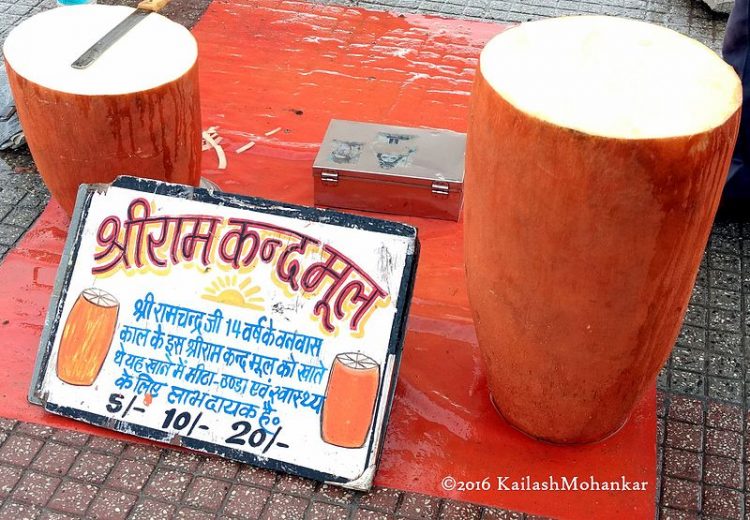Ram Kand Mool – The Mysterious Plant Snack That Has Intrigued Scientists For Decades

Ram Kand Mool, a drum-shaped tuber that has been sold as a hearty snack on Indian street corners for at least several decades remains a mystery to scientists, as no one can figure out what plant produces it. Indian botanists developed an interest in ram kand mool in the 1980s, after trying and failing to […]
